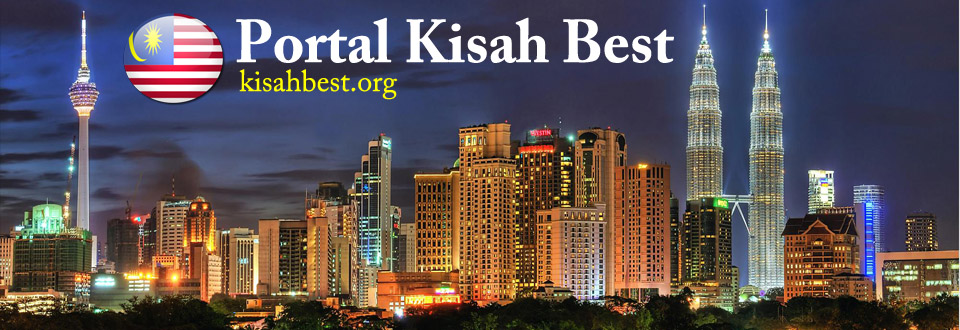Traditions and Customs: Unearthing the Unique Practices of Malaysian Communities
September 15, 2023
Introduction
Malaysia, a country renowned for its diverse culture and vibrant heritage, is a treasure trove of unique traditions and customs. The myriad of communities residing in this enchanting nation have given birth to a rich tapestry of practices that are both intriguing and captivating. From weddings to festivals, Malaysians have carefully preserved their age-old customs, reflecting the nation’s multiculturalism. In this article, we shall explore some of the distinctive traditions and customs that prevail within the Malaysian communities.
The Alluring Melting Pot of Malaysian Culture
Malaysia, a melting pot of various cultures, is home to a splendid blend of customs handed down through generations. Each community offers its distinct practices, emanating from Malay, Chinese, Indian, and indigenous cultures. This amalgamation results in an astounding array of customs that color the tapestry of Malaysian society.
Traditional Malay Weddings: A Tapestry of Elegance and Soul
In Malaysia, traditional Malay weddings are intricate affairs steeped in age-old traditions and customs. Adat nikah (marriage customs) are an integral part of these celebrations, where the bride and groom undergo a series of rituals. For instance, the merenjis ceremony involves the sprinkling of scented water collected from seven different sources onto the couple’s hands. This act symbolizes blessings and purification. Another notable tradition is the bersanding ceremony, where the newlyweds sit on a pelamin (decorated stage) while family and friends offer their well wishes.
Chinese New Year: A Celebration of Ancestral Reverence
Chinese New Year is a highly anticipated and exuberantly celebrated festival in Malaysia. The customs reflect centuries-old beliefs, and each aspect holds profound meaning. The practice of lion and dragon dances awakens the spirit of mythical creatures, warding off evil spirits. Traditional red envelopes, known as ang pow, filled with money are given as gifts to bring good fortune for the new year. The reunion dinner stands as a pinnacle of the festivities, where families gather to feast on auspicious dishes and exchange warm wishes.
Deepavali: Illuminating the Festive Spirit
Deepavali, or the Festival of Lights, is celebrated fervently by the Malaysian Indian community. This vibrant festival celebrates the victory of light over darkness and good over evil. Intricate kolam (rangoli) designs are drawn with colored rice flour or powders outside homes. Oil lamps known as diyas are lit to symbolize the triumph of light. Families adorn themselves in vibrant traditional attire, exchange sweets, and spend quality time together.
Indigenous Harvest Festivals: Honoring Nature’s Bounties
The indigenous communities in Malaysia celebrate various harvest festivals, allowing us to witness the depth of their gratitude towards nature. Pesta Kaamatan by the Kadazandusun community in Sabah and Tadau Kaamatan by the Murut tribes marks the rice-harvesting season. These festivals pay homage to the rice spirit, and traditional rituals such as the Magavau ceremony incorporate cultural dances, food offerings, and the high-spirited Unduk Ngadau beauty pageant.
Conclusion
The unique traditions and customs practiced by Malaysian communities provide a glimpse into the nation’s cultural heritage and diversity. From the elegance of Malay weddings to the exuberance of Chinese New Year, and the spiritual fervor of Deepavali to the indigenous harvest festivals, each tradition embodies a wealth of stories and beliefs. Such practices not only nurture a sense of identity and belonging but also serve as a reminder of the harmonious coexistence of various cultures in Malaysia.
FAQs (Frequently Asked Questions)
1. What is the significance of the merenjis ceremony in Malay weddings?
The merenjis ceremony, where scented water is sprinkled onto the couple’s hands, symbolizes blessings and purification, preparing them for their new life together.
2. Why are red envelopes given during Chinese New Year?
Red envelopes, also known as ang pow, are given during Chinese New Year to bring good fortune and blessings to the recipient for the upcoming year.
3. What is the meaning behind Deepavali’s kolam designs?
Kolam designs, created with colored rice flour or powders, are believed to invite prosperity and good luck into the home during Deepavali, the Festival of Lights.
4. Why do indigenous communities celebrate harvest festivals?
Indigenous harvest festivals, such as Pesta Kaamatan and Tadau Kaamatan, honor the rice spirit and express gratitude for nature’s abundance and bountiful harvests.
5. What is the significance of the Unduk Ngadau beauty pageant?
The Unduk Ngadau beauty pageant is a highlight of the indigenous harvest festivals and showcases the beauty, grace, and cultural pride of young women from the community.


